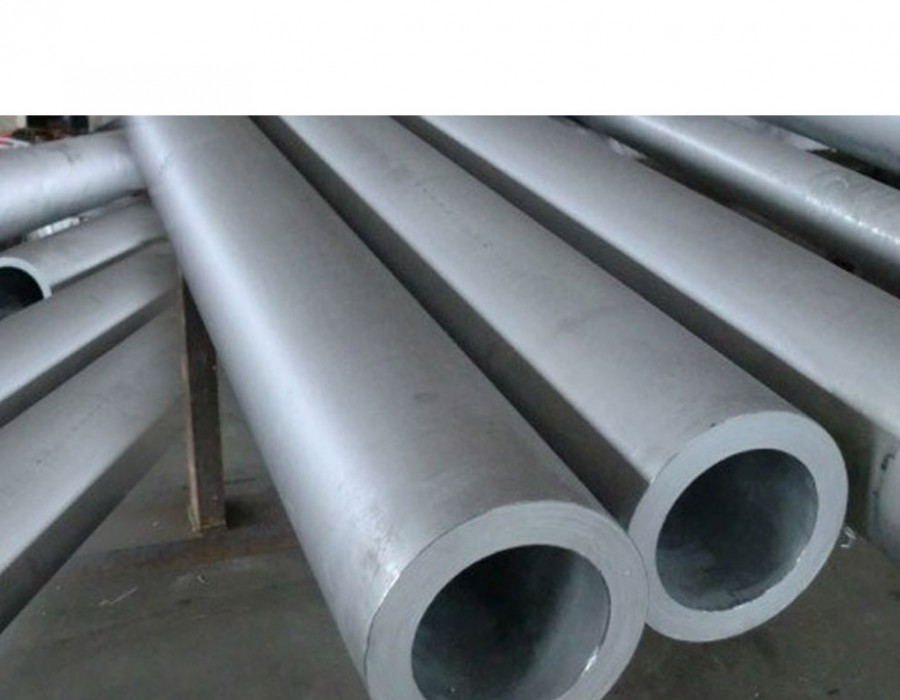The stainless steel grade Duplex 2205, which contains two phases—ferritic and austenitic—is widely utilized in a variety of applications where strength and corrosion resistance are essential. Grade 2205, also known as S31803 grade, went through a lot of changes to become UNS S32205. A grade is a great option for many applications and industries since it has exceptional corrosion resistance. However, a lot of people wonder why duplex steel S32205 pipes are said to be the best for the food processing business. This article is worth reading if you have the same question.
A Major Difference between S31803 and S32205
There are more similarities between UNS S31803 and S32205 than differences. To begin with, they are both made of stainless steel and have comparable elemental makeup. The duplex 2205 family includes UNS S31803 and S32205, both of which are almost equally composed of ferrite and austenite.
S31803 is within the S32205 Chemical Composition range, however, it has somewhat higher minimum requirements for chromium, molybdenum, and nitrogen. This grade was developed to address the probable loss of toughness and corrosion resistance in the heat-affected zone (HAZ) of some S31803 welds. As a result, customers are urged to specify the S32205 grade. If the usage of S31803 is required, which can occasionally be the case due to this grade's existence in the ASME standard, the user should insist that the chemical composition of all S31803 grades likewise satisfy the composition criteria of S32205 grades. This will make it easier to sustain a steady performance.
High strength, outstanding impact toughness, and stress corrosion resistance are all characteristics shared by both S32205 and S31803. superior to 316L or 317L austenitic stainless steel for pitting and crevice corrosion resistance in practically all corrosive environments. It also possesses higher corrosion and erosion fatigue qualities than austenitic, as well as reduced thermal expansion and higher thermal conductivity.
S32205 Chemical Composition
Duplex stainless steel is a high-performance alloy that offers superior austenitic grades in terms of corrosion resistance due to its special chromium and nitrogen Composition. As a result of its powerful, long-lasting, and robust qualities, it is utilized in a variety of applications.
Due to the "duplex" microstructure of this stainless steel, when it is annealed, it contains 40–50% ferrite. In chloride conditions, the ferrite in 2205 increases its pitting resistance and provides good stress corrosion cracking resistance. It is perfect for a number of industrial applications because of these qualities. Applications exposed to hostile environments, such as those found in the oil and chemical industries, benefit significantly from its "duplex" microstructure.
Duplex stainless steel 2205 is frequently used for pressure tanks, pipes, tubes, fittings, and flanges. They are frequently employed in the petrochemical sector due to their exceptional resistance to corrosive conditions and temperatures.





Comments